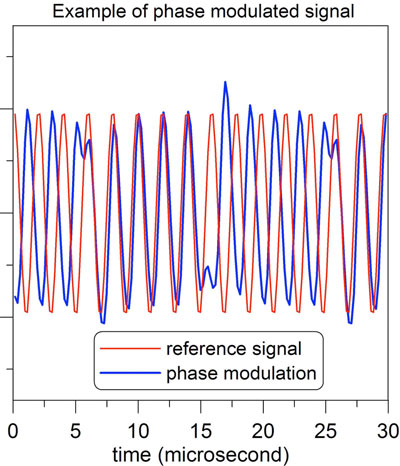Nanowerk September 5, 2019
Researchers at NIST team used cesium atoms to receive digital bits in the most common communications format, which is used in cell phones, Wi-Fi and satellite TV, to demonstrate one can use atoms to receive modulated signals. The method works across a huge range of frequencies. They used a recently developed atom-based mixer to convert input signals into new frequencies. One RF signal acts as a reference and a second RF signal serves as the modulated signal carrier. Differences in frequency and the offset between the two signals were detected and measured by probing the atoms. Depending on the encoding scheme, the atom-based system received up to about 5 megabits of data per second. Although the data rates are not yet the fastest, it may work better than conventional systems in noisy environments. With further development, atom-based receivers may offer many benefits – there is no need for traditional electronics that convert signals to different frequencies, the antennas and receivers can be physically smaller, atom-based systems may be less susceptible to some types of interference and noise and the atom-based mixer also can measure weak electric fields precisely…read more. TECHNICAL ARTICLE

The communications signal (blue) contains periodic reversals relative to the reference signal (red). These reversals are the blips that look like cats’ ears. The information (or data) is encoded in this modulation. (Image: Holloway/NIST)